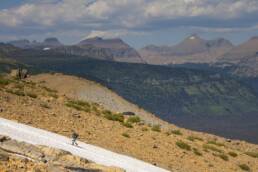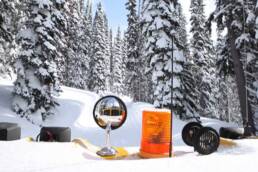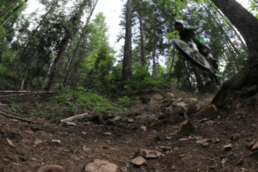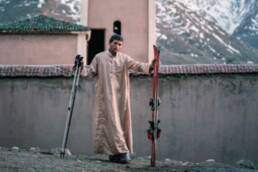THE YEAR WAS 1990. Backcountry skiing was, at least for the average recreational skier, the stuff of dreams. If you were a young person in ski lessons, you either raced the gates or bashed the bumps. Chances are you idolized Glen Plake, Doug Coombs, and Scott Schmidt, who had made skiing “extreme.” Maybe you even imagined yourself entering the famed Saudan Couloir Ski Race Extreme in Whistler, British Columbia. But a program, group, or association that could fan the flames of your passion to go off-piste simply did not exist. Not until a 31-year-old man from Newfoundland created the Rocky Mountain Freeriders.
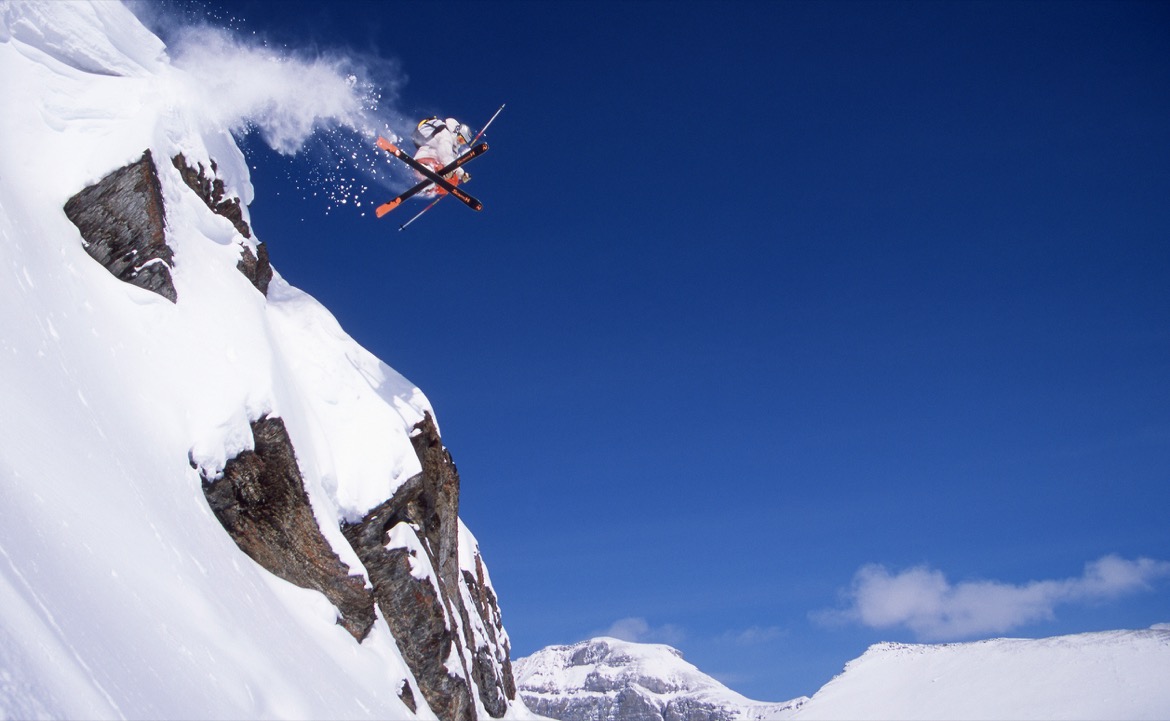
Freeriding is a fluid, surfy style of skiing and snowboarding in natural terrain found away from groomed runs and human-made features. It was inspired by the golden era of extreme skiing in the 80s and 90s but refined by snowboarders such as Craig Kelly, who applied his seemingly effortless style in the halfpipe and big mountains. Freeride clubs are now a staple at many large ski hills in North America and Europe, and audiences around the world are entertained by events such as the annual Freeride World Tour, where competitors carve sweeping turns through backcountry runs, air off high cliffs, and throw down a 360 or two for good measure. In short, freeride has come to define mountain sports in the 21st century.
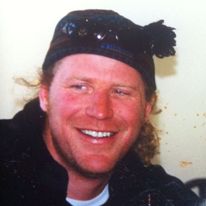
The adoption of the freeriding, or freeskiing, movement by young skiers can largely be traced back to one coach by the name of Guy Mowbray. Raised on the slopes of Marble Mountain Resort near the small city of Corner Brook, Newfoundland, Mowbray moved to the Canadian Rockies in the early 90s because of such iconic Greg Stump movies as Blizzard of Aahhh’s and Dr. Strange Glove. He took a job coaching young ski racers at Alberta’s Lake Louise Ski Resort and was fortunate to have such young phenoms as Eric “Hoji” Hjorleifson and Chris Rubens in his classes. After a while, though, he sensed they were being pushed out of the sport, partly because of the rigidity and rules of the racing scene. “Skiing is a lifelong passion, and I saw kids who weren’t going to keep with it,” he says. “We wanted to make a group or a gang where you go out with your friends and push each other.” So he enlisted the help of fellow coach Kevin Hjertaas and founded the non-profit Rocky Mountain Freeriders (RMF), the first club of its kind in North America.
“The program was all about having fun and creating lifelong skiers,” says Rubens, who is now a sponsored skier living in Revelstoke, British Columbia. “In more recent years, freeskiing has gotten a lot more serious, but it was never about that when we were younger. We just wanted to have a good time, and that’s what I think was so special about the Rocky Mountain Freeriders.”
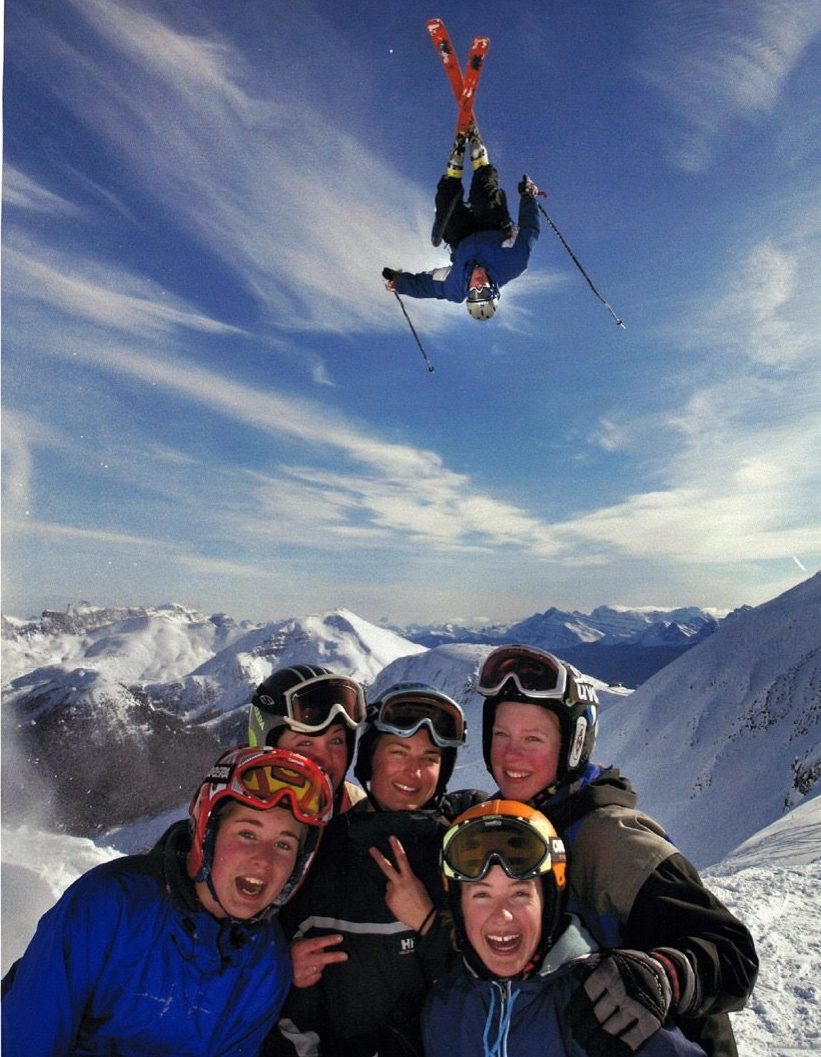
It was with the RMF that Rubens and his classmates took their first avalanche-skills training courses, learned to study the snowpack, built jumps, and began to push the boundaries of the resort. “It was definitely the first place I ever started to learn about those things and even started to think about building jumps in the backcountry,” says Hjorleifson. “RMF was completely ahead of the industry….[Mowbray] just loved skiing so much and loved skiing so much with us. For someone to put that together for those kids — it’s a big part of the reason we found our way in the ski industry.”
That fun, friendly atmosphere combined with the technical background Mowbray and Hjertaas brought to the program in the variable terrain of the Canadian Rockies turned Rubens and Hjorleifson into “Rubens” and “Hoji.” The latter spends part of the year in Europe doing research and development for Dynafit and has a backcountry boot and a freeride movie named after him. Rubens works with Salomon Freeski TV and has appeared in such classic freeride films as All.I.Can and Into the Mind. But RMF is not just where they became professional skiers, it’s also where they shared their passion with younger generations, who continue to evolve the sport today.
When RMF was launched in 1999, 12 skiers enrolled. Back then, Mowbray says the daily regimen involved warm-ups on the groomers followed by technical instruction, and then the group would go find features to play on. “My goal was to have them exhausted by the end of the day,” he says. “Mileage is one of the most fundamental things, but I also had to get them out there above and beyond their comfort zones. Get them to push it. Make them clench their butt cheeks a bit more.” Hjorleifson joined the second year and Rubens a year later, and together they “really set the pace for the club,” says Mowbray. The duo went on to become RMF coaches and took an approach that Mowbray describes as a “forum” in terms of discussions and mentorship. Over the years, they trained or worked with a veritable who’s who of freeriding stars, including Megan Sime, Izzy Lynch, Drew Wittstock, Jemma Capel, Keegan Capel, and Noah Maisonet. They also taught a young Calgary skier by the name of Carter McMillan. Mowbray says he would often see McMillan skiing with his dad at Lake Louise and eventually asked if he wanted to join the program. That encounter and the tutelage of Hjorleifson and Rubens helped McMillan become the influential freerider he is today, with sponsors including Blizzard, Tecnica, and Marker.
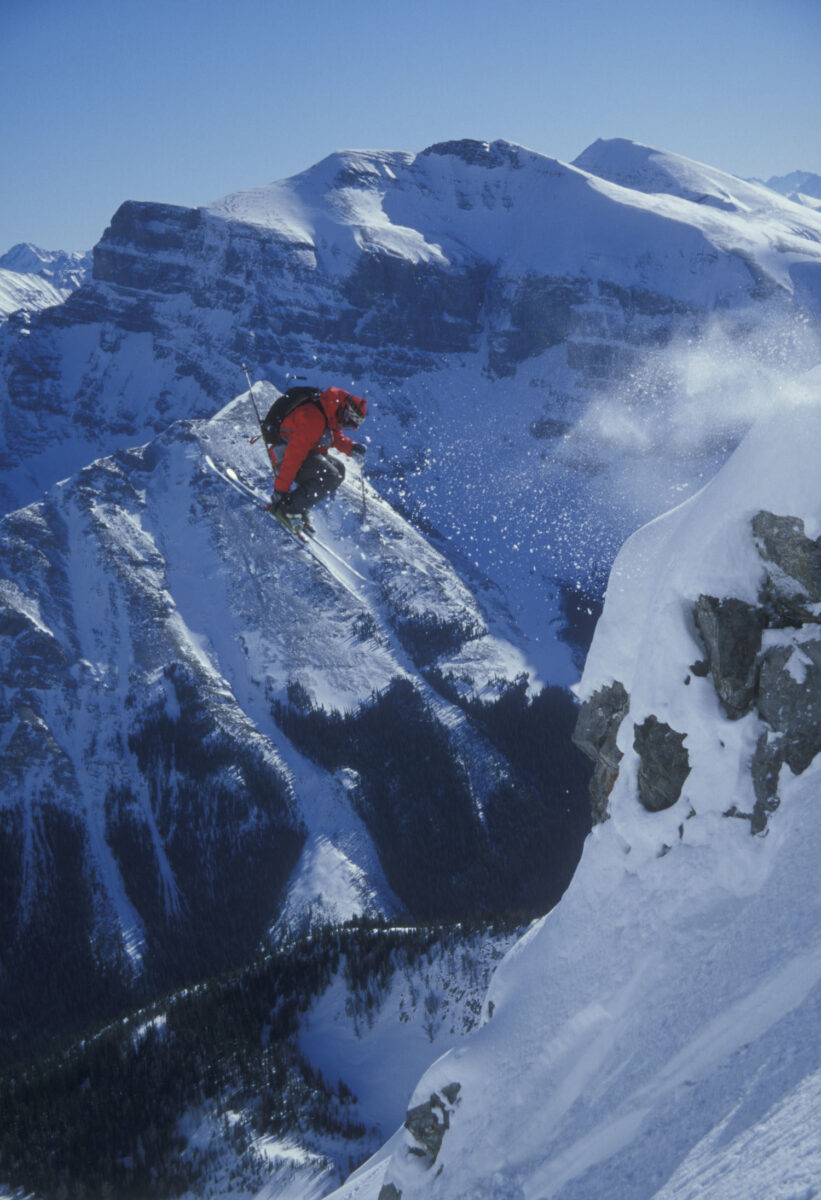
Mowbray still sees McMillan about once a year, riding the lifts with his friends at Revelstoke Mountain Resort, and he wonders what would have happened if he had not approached him that day. Would he still be skiing? He also thinks about decisions he’s made along the way, like leaving the Rocky Mountains and taking a job as a supervisor on the contentious Site C Dam construction site, which he says he had to get out of because it was such an awful scene. He now owns a landscaping company in Revelstoke and skis as much as possible. He admits to feeling sad when he heard the RMF was disbanding in 2019. At its peak, the club had 135 kids, but as race programs at Lake Louise started incorporating freeriding, there wasn’t a need for a standalone club anymore. Then Mowbray’s voice shakes as he says that founding the RMF and watching his students laugh, play, and become lifelong skiers in the mountains was the best thing he ever did.
Jake Sherman is a reformed ski racer turned freerider. In between graduate school and safety meetings, he may or may not have spun a lift around a bull wheel.
Related Stories
2012 Freeskiing and Freeride World Tour
2012 Freeskiing and Freeride World Tour was in Revelstoke BC on Jan 4-11. Mens Results, -Canadian Kye Petersen took…
Tree Skiing, The Sweetgrass Way
So many questions...how did they do it? How long did it take? Where was it filmed? The answers will be available next…
The Man Who’s Skied 126 Months In a Row
For Craig Moore, the last decade has been a little up and down. One hundred and twenty six straight months of ski…
Selkirk Wilderness Skiing Sees A Changing of the Guard
Rumour has it that the originators of catskiing, Selkirk Wilderness Skiing, has been sold. We don't have much…
Skiing with Hassan
With rubber boots, berber tunes and an a-okay from allah, one giddy moroccan makes tracks in the atlas range. This man…





